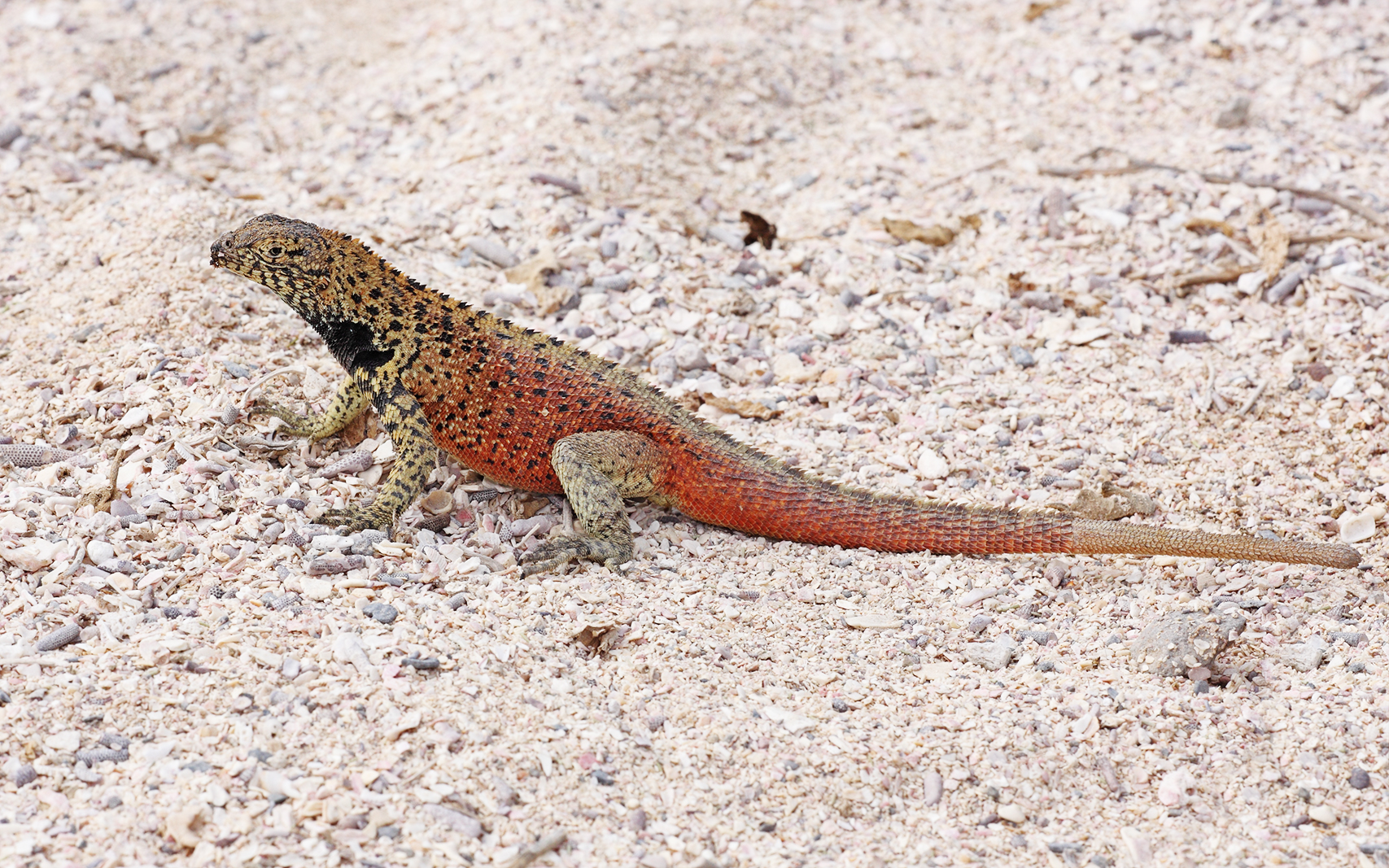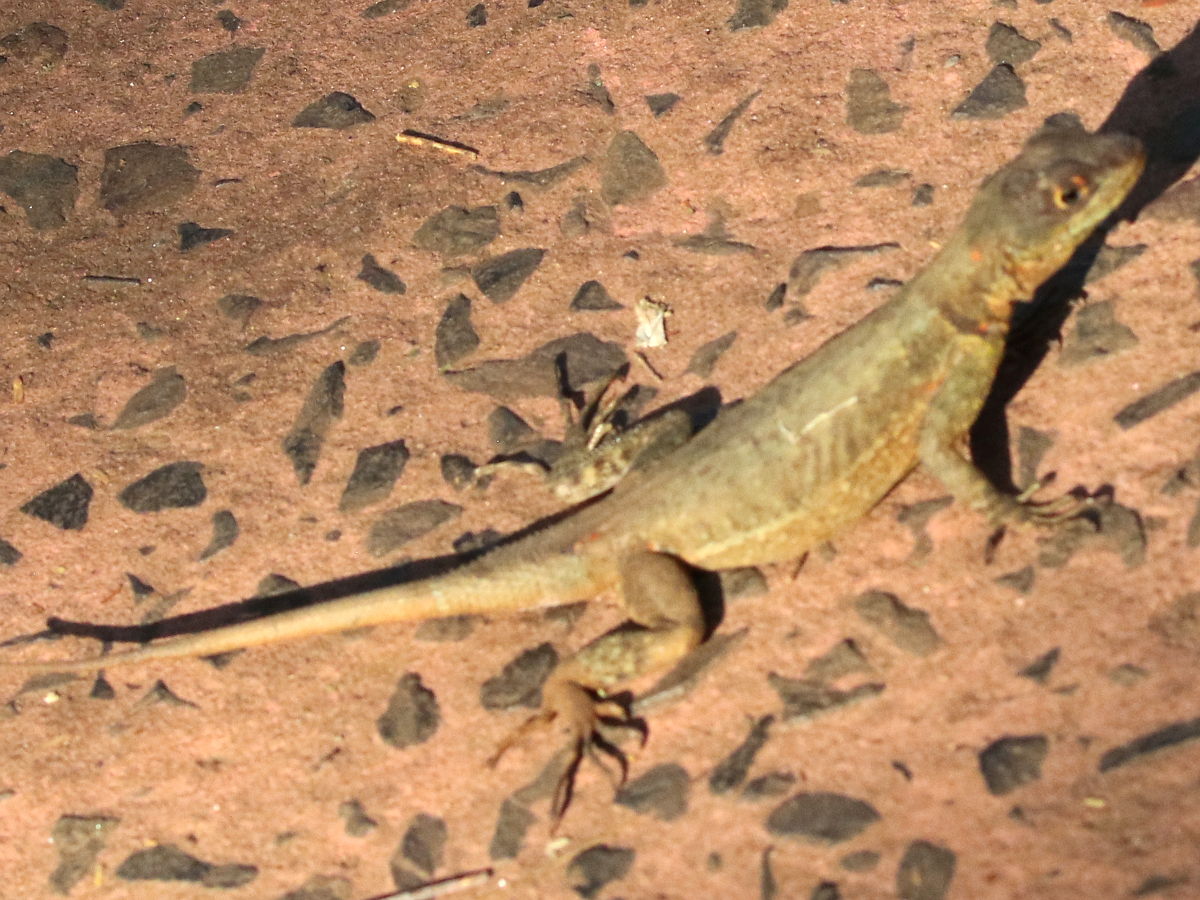|
Microlophus Duncanensis
''Microlophus duncanensis'', the Pinzón lava lizard, is a species of lava lizard endemic to the Galapagos Island of Pinzón. The species is commonly attributed to the genus ''Microlophus'' but has been attributed to the genus ''Tropidurus ''Tropidurus'' is a genus of reptiles. The genus includes many species of Neotropical ground lizards (family Tropiduridae). ''Tropidurus'' is the type genus of the family Tropiduridae. Geographic range and habitat Species in the genus ''Tropi ...''. The Reptile Database References duncanensis[...More Info...] [...Related Items...] OR: [Wikipedia] [Google] [Baidu] |
Georg Baur
Georg Baur (1859–1898) was a German vertebrate paleontologist and Neo-Lamarckian who studied reptiles of the Galapagos Islands, particularly the Galápagos tortoises, in the 1890s. He is perhaps best known for his subsidence theory of the origin of the Galapagos Islands, where he postulated the islands were the remains of a former landmass, connected to South America via Cocos Island. Early life and education Baur was born in Weisswasser, Bohemia in 1859. He spent his early years Hohenheim near Stuttgart. As his father was a professor of forestry, Baur initially planned to study forestry where his father was a professor. However, while at university he became interested in the fields of geology, paleontology, and botany instead. Career Prior to his work on the Galapagos Islands, Baur was an assistant to Othniel Charles Marsh at Yale University from 1884 until 1890. Baur undertook an expedition to the Galápagos Islands in 1891, leaving New York on May 1, arriving in the ... [...More Info...] [...Related Items...] OR: [Wikipedia] [Google] [Baidu] |
Endemism
Endemism is the state of a species being found in a single defined geographic location, such as an island, state, nation, country or other defined zone; organisms that are indigenous to a place are not endemic to it if they are also found elsewhere. For example, the Cape sugarbird is found exclusively in southwestern South Africa and is therefore said to be ''endemic'' to that particular part of the world. An endemic species can be also be referred to as an ''endemism'' or in scientific literature as an ''endemite''. For example '' Cytisus aeolicus'' is an endemite of the Italian flora. '' Adzharia renschi'' was once believed to be an endemite of the Caucasus, but it was later discovered to be a non-indigenous species from South America belonging to a different genus. The extreme opposite of an endemic species is one with a cosmopolitan distribution, having a global or widespread range. A rare alternative term for a species that is endemic is "precinctive", which applies to ... [...More Info...] [...Related Items...] OR: [Wikipedia] [Google] [Baidu] |
Pinzón Island
Pinzón Island (Spanish: ''Isla Pinzón''), sometimes called Duncan Island (after Adam Duncan, 1st Viscount Duncan), is an island in the Galápagos Islands, Ecuador. Pinzón is home to giant Galápagos tortoises of the endemic subspecies '' Chelonoidis duncanensis'', Galápagos sea lions and other endemic species. It has no visitor facilities and a permit is required to visit. It has an area of 18 km2 and a maximum altitude of 458 meters. Pinzón marks the geographical center of the Galápagos Islands, but neither of the two main Galápagos tree species are present. A unique species of daisy tree is found in the humid zone. Restoration During January 2012, invasive rodents were removed from the island by The Galápagos National Park, assisted by Island Conservation Island Conservation is a non-profit organization with the mission to prevent extinctions by removing invasive species from islands. Island Conservation has therefore focused its efforts on islands with specie ... [...More Info...] [...Related Items...] OR: [Wikipedia] [Google] [Baidu] |
Microlophus
''Microlophus'' is a genus of tropidurid lizards native to South America. Around 20 species are recognized and 10 of these are endemic to the Galápagos Islands, where they are commonly known as lava lizardsBenavides E, Baum R, Snell HM, Snell HL, Sites JW Jr (2009)"Island Biogeography of Galápagos Lava Lizards (Tropiduridae: ''Microlophus''): Species Diversity and Colonization of the Archipelago". (.pdf) ''Evolution'' 63 (6): 1606–1626. (they are sometimes placed in ''Tropidurus'' instead). The remaining, which often are called Pacific iguanas, are found in the Andes and along the Pacific coasts of Chile, Peru, and Ecuador. The distribution of the lava lizards and their variations in shape, colour, and behaviour show the phenomenon of adaptive radiation so typical of the inhabitants of this archipelago. One species occurs on all the central and western islands, which were perhaps connected during periods of lower sea levels, while one species each occurs on six other more pe ... [...More Info...] [...Related Items...] OR: [Wikipedia] [Google] [Baidu] |
Tropidurus
''Tropidurus'' is a genus of reptiles. The genus includes many species of Neotropical ground lizards (family Tropiduridae). ''Tropidurus'' is the type genus of the family Tropiduridae. Geographic range and habitat Species in the genus ''Tropidurus'' are found on the South American mainland, especially in the Amazon Rainforest, but also in more arid regions. Common name No widely common name is used solely for species of the genus ''Tropidurus''. In their native range, they are simply called "Lagartixa" as are most similar animals. If anything, the Brazilian term ''calango'' is used to particularly refer to lizards of the genus ''Tropidurus''. Taxonomy The genus ''Tropidurus'' contains 30 described species, but new ones continue to be discovered. An additional seven species—the Galápagos lava lizards endemic to the Galápagos Islands—are sometimes placed here, too, but more commonly separated in the genus ''Microlophus'', instead. Similarly, the green thornytail ... [...More Info...] [...Related Items...] OR: [Wikipedia] [Google] [Baidu] |
Endemic Reptiles Of The Galápagos Islands
Endemism is the state of a species being found in a single defined geographic location, such as an island, state, nation, country or other defined zone; organisms that are indigenous to a place are not endemic to it if they are also found elsewhere. For example, the Cape sugarbird is found exclusively in southwestern South Africa and is therefore said to be ''endemic'' to that particular part of the world. An endemic species can be also be referred to as an ''endemism'' or in scientific literature as an ''endemite''. For example '' Cytisus aeolicus'' is an endemite of the Italian flora. '' Adzharia renschi'' was once believed to be an endemite of the Caucasus, but it was later discovered to be a non-indigenous species from South America belonging to a different genus. The extreme opposite of an endemic species is one with a cosmopolitan distribution, having a global or widespread range. A rare alternative term for a species that is endemic is "precinctive", which applies to ... [...More Info...] [...Related Items...] OR: [Wikipedia] [Google] [Baidu] |
Lizards Of South America
Lizards are a widespread group of squamate reptiles, with over 7,000 species, ranging across all continents except Antarctica, as well as most oceanic island chains. The group is paraphyletic since it excludes the snakes and Amphisbaenia although some lizards are more closely related to these two excluded groups than they are to other lizards. Lizards range in size from chameleons and geckos a few centimeters long to the 3-meter-long Komodo dragon. Most lizards are quadrupedal, running with a strong side-to-side motion. Some lineages (known as "legless lizards"), have secondarily lost their legs, and have long snake-like bodies. Some such as the forest-dwelling ''Draco'' lizards are able to glide. They are often territorial, the males fighting off other males and signalling, often with bright colours, to attract mates and to intimidate rivals. Lizards are mainly carnivorous, often being sit-and-wait predators; many smaller species eat insects, while the Komodo eats mammals as bi ... [...More Info...] [...Related Items...] OR: [Wikipedia] [Google] [Baidu] |
Reptiles Of Ecuador
Reptiles, as most commonly defined are the animals in the class Reptilia ( ), a paraphyletic grouping comprising all sauropsids except birds. Living reptiles comprise turtles, crocodilians, squamates (lizards and snakes) and rhynchocephalians (tuatara). As of March 2022, the Reptile Database includes about 11,700 species. In the traditional Linnaean classification system, birds are considered a separate class to reptiles. However, crocodilians are more closely related to birds than they are to other living reptiles, and so modern cladistic classification systems include birds within Reptilia, redefining the term as a clade. Other cladistic definitions abandon the term reptile altogether in favor of the clade Sauropsida, which refers to all amniotes more closely related to modern reptiles than to mammals. The study of the traditional reptile orders, historically combined with that of modern amphibians, is called herpetology. The earliest known proto-reptiles originated around 31 ... [...More Info...] [...Related Items...] OR: [Wikipedia] [Google] [Baidu] |
Reptiles Described In 1890
Reptiles, as most commonly defined are the animals in the class Reptilia ( ), a paraphyletic grouping comprising all sauropsids except birds. Living reptiles comprise turtles, crocodilians, squamates ( lizards and snakes) and rhynchocephalians (tuatara). As of March 2022, the Reptile Database includes about 11,700 species. In the traditional Linnaean classification system, birds are considered a separate class to reptiles. However, crocodilians are more closely related to birds than they are to other living reptiles, and so modern cladistic classification systems include birds within Reptilia, redefining the term as a clade. Other cladistic definitions abandon the term reptile altogether in favor of the clade Sauropsida, which refers to all amniotes more closely related to modern reptiles than to mammals. The study of the traditional reptile orders, historically combined with that of modern amphibians, is called herpetology. The earliest known proto-reptiles originated ... [...More Info...] [...Related Items...] OR: [Wikipedia] [Google] [Baidu] |
.jpg)




